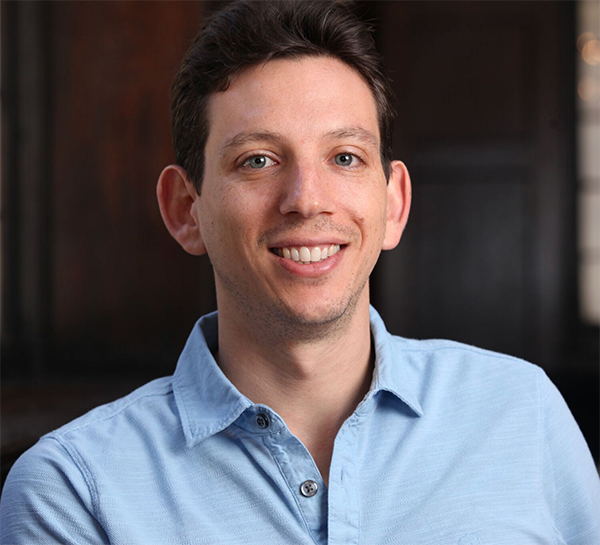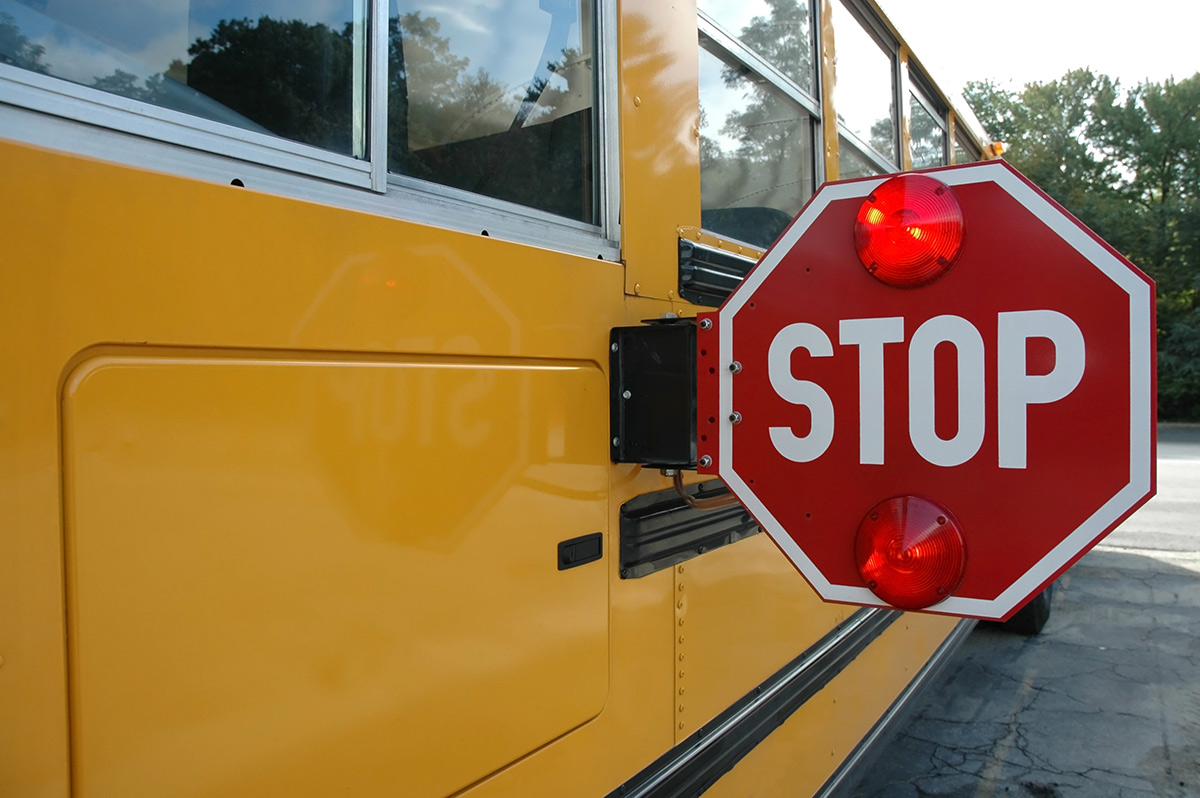New research co-authored by Teachers College education economist Peter Bergman and Isaac McFarlin, Jr., an economist at the University of Florida College of Education, shows that charter schools and traditional public schools of choice ignore application inquiries from students they perceive as more challenging to educate, and charter schools ignore inquiries from special-needs students at higher rates.
Bergman and McFarlin designed and implemented a nationwide “mystery shopper” experiment to determine whether charter schools withhold information from certain groups of students at similar rates as traditional public schools.
The study – Education for All? A Nationwide Audit Study of Schools of Choice – uncovered significant differences between charter schools and traditional public schools in the rates at which they respond to specific types of inquiries from parents. The evidence suggests schools of choice are less likely to encourage applications from students who have poor behavior and low prior achievement, but charter schools withhold application information from special needs students at higher rates.
Charter schools in the study were “particularly less likely to respond to students with a particular [individualized educational plan]” that would require them to be taught in a separate classroom – a “key source of potential inequality.”
In an article about the study that appeared on the website of The Atlantic, Bergman says that the charter schools were “particularly less likely to respond to students with a particular [individualized educational plan]” that would require them to be taught in a separate classroom. He adds that this “cream-skimming,” or, as The Atlantic puts it, “providing information only to high-value students,” is a “key source of potential inequality.”
[A story about the study also appeared on the website of U.S.News & World Report]
Prior difficulty in answering these questions has fueled controversy regarding the potential expansion of school choice.
To conduct the study, the researchers sent emails from fictitious parents to 6,452 charter and traditional public schools of choice across 29 states. The baseline email asked whether any student is eligible to apply to the school and how to apply. To test whether schools are less likely to respond to different types of students, each email signaled one of the following randomly assigned attributes about the student: disability status, poor behavior, high or low prior academic achievement or no indication of these characteristics. The emails randomly varied students’ implied race, household structure and gender.

CONSTRUCTIVE DIALOGUE Bergman hopes the study helps create policies that “foster equal access.”
“Our main goal in conducting this research was to provide rigorous experimental evidence on whether schools of choice discriminate against certain groups of students,” says McFarlin, “This involved setting up a horserace between the admissions behaviors of charter schools and nearby traditional public schools of choice, which may also attempt to limit access to disadvantaged students.”
Charter schools are open-enrollment public schools that have greater operational autonomy than traditional public schools and are held accountable for student achievement. Some 7,000 charter schools currently enroll nearly 3 million students in 43 states and the District of Columbia. Federal law prohibits all public schools from discriminating on the basis of race, religion, national origin and disability status.
National data indicate that charter schools enroll a smaller proportion of students with severe disabilities than traditional public schools, although the evidence from specific locations is more nuanced. This research looks at whether traditional public schools and charter schools differ in how they behave before families apply to determine whether they withhold application information from certain groups of students.
Results are largely similar for the two groups of schools, but the study found traditional public schools to be significantly – 5.8 percentage points – more likely to respond to messages indicating special needs than charter schools.
The researchers also looked at results from subsamples of schools, including “no excuses” charter schools. No-excuses charter schools are typically high-performing schools that serve predominately minority students and fewer students with disabilities. No-excuses charter schools were 10 percentage points less likely to respond to the message indicating a student has special needs than to the baseline message.
“Many urban minority youth benefit greatly from attending charter schools,” said Bergman, “but some groups may fall through the cracks in the admissions process. Our hope is that this study leads to constructive dialogue on policies that foster equal access.”
—Peter Bergman
“This is one of the most striking findings of the study,” McFarlin said, “because it raises the question of whether high-performing charter schools are successful in part because they screen out the costliest-to-educate students from their applicant pools.”
“Many urban minority youth benefit greatly from attending charter schools,” said Bergman, “but some groups may fall through the cracks in the admissions process. Our hope is that this study leads to constructive dialogue on policies that foster equal access.”
The study also presents evidence that the costs of serving students is a factor in school behavior. The researchers find that charter schools in states that reimburse districts for a large share of the realized cost of serving special-needs students exhibit no differential response rate to messages indicating a special need. If discrimination arises because schools are financially constrained, policymakers may want to encourage schools to pool resources to provide high-quality services for all children.
The research by Bergman and McFarlin is supported by the University of Michigan Office of Research, Center for the Education of Women, Center for Public Policy in Diverse Societies, the Russell Sage Foundation and Walton Family Foundation.
